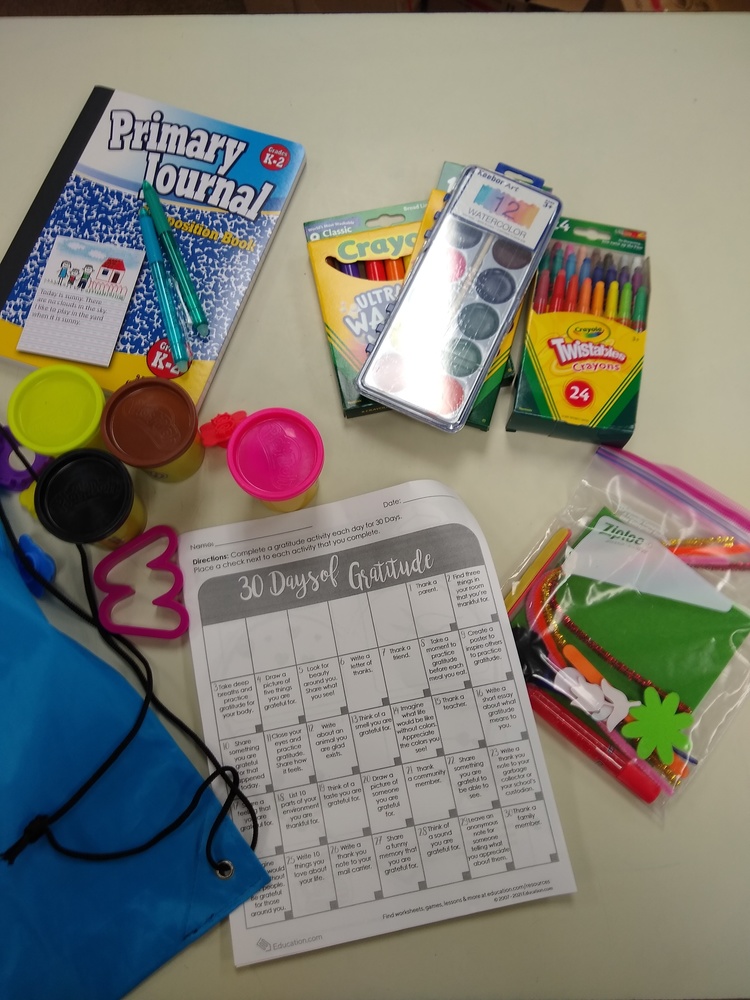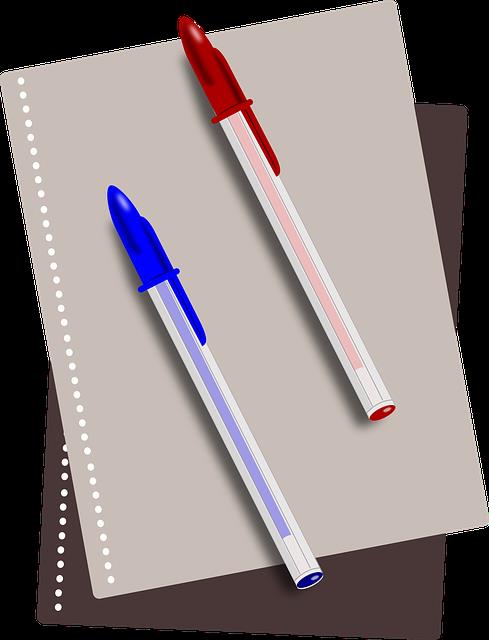
Unlock your potential and take control of your fitness journey with the power of a fitness journal.
In this insightful and informative article, we will explore the benefits of using a fitness journal to record and organize your workouts, track your diet and nutrition, monitor your progress, and ultimately achieve your fitness goals.
Discover the freedom that comes from harnessing the potential of a fitness journal and embark on a transformative path towards a healthier, stronger, and more fulfilled self.
Choosing the Perfect Fitness Journal
Selecting the ideal fitness journal is a crucial step in effectively tracking and improving your physical performance. A fitness journal serves as a powerful tool to help you stay on track, monitor your progress, and achieve your fitness goals.
The benefits of journaling are numerous. Firstly, it allows you to reflect on your workouts and identify patterns or areas for improvement. Secondly, it helps you stay motivated by providing a tangible record of your achievements.
To journal effectively, start by choosing a journal that suits your needs and preferences. Consider factors such as size, format, and durability. Additionally, establish a consistent routine for recording your workouts and progress. Set aside dedicated time each day or week to reflect and document your efforts.
Recording and Organizing Your Workouts
Once you have chosen the perfect fitness journal, it is important to establish a systematic approach to recording and organizing your workouts. This will not only help you keep track of your progress but also allow you to identify any weaknesses that need to be addressed.

Here are four key steps to effectively record and organize your workouts:
Consistency is key: Make it a habit to record your workouts immediately after each session. This ensures accuracy and prevents you from forgetting any important details.
Be specific: Include details such as exercises performed, sets, reps, weights used, and any modifications or variations. This level of detail will help you track improvements over time.
Use symbols or shorthand: Develop a system of symbols or shorthand to quickly record information during your workouts. This saves time and keeps your journal organized.
Review and analyze: Regularly review your journal to identify patterns, progress, and areas where you can improve. Use this information to adjust your training plan and focus on addressing weaknesses.
Keeping Track of Your Diet and Nutrition
The importance of tracking your diet and nutrition cannot be overstated when it comes to achieving your fitness goals. Meal planning and tracking macros are essential components of maintaining a healthy lifestyle and optimizing your performance.
By keeping a record of what you eat and drink, you can identify patterns and make informed choices that align with your fitness objectives. Meal planning allows you to take control of your nutrition by prepping nutritious meals and snacks in advance, ensuring that you have healthy options readily available.

Tracking macros, on the other hand, involves monitoring your intake of macronutrients like carbohydrates, proteins, and fats. This allows you to ensure that you are getting the right balance of nutrients to support your fitness goals.
Monitoring and Evaluating Your Progress
As you continue on your fitness journey, it is important to regularly monitor and evaluate your progress in order to make necessary adjustments and stay motivated. Tracking your improvements and evaluating the effectiveness of your fitness routine can provide valuable insights and help you stay on track towards your goals.
Here are four key ways to monitor and evaluate your progress:
Set specific goals: Establish clear and measurable goals to track your progress. Whether it's lifting heavier weights, running faster, or losing a certain amount of weight, having specific targets will allow you to assess your progress accurately.
Keep a fitness journal: Document your workouts, including the exercises, sets, and repetitions, as well as any measurements or observations. This will help you identify patterns, track your improvements, and make adjustments as needed.
Use technology: Take advantage of fitness apps or wearable devices that can track your steps, heart rate, calories burned, and other metrics. These tools provide objective data and can give you a comprehensive view of your progress.
Regularly assess and adjust: Evaluate your progress at regular intervals, such as every month or every quarter. Assess whether you're reaching your goals and adjust your fitness routine accordingly. This will ensure that you continue to challenge yourself and make progress towards your desired outcomes.

Setting and Achieving Your Fitness Goals
An effective approach to setting and achieving your fitness goals is to start by clearly defining what you want to accomplish and creating a plan to reach those objectives.
To begin, take some time to reflect on your aspirations and write them down in your fitness journal. Whether it's running a marathon, losing weight, or improving your overall strength, having a clear vision will help guide your actions.
Additionally, tracking your sleep patterns can play a crucial role in your fitness journey. A good night's sleep is essential for muscle recovery and overall well-being. By monitoring your sleep quality and duration, you can make adjustments to ensure you are getting the restorative rest your body needs.
Lastly, staying motivated throughout your fitness journey is key. Set small, achievable milestones along the way, celebrate your progress, and surround yourself with supportive individuals who share your enthusiasm for fitness. Remember, you have the power to unlock your potential and achieve greatness.
Frequently Asked Questions
How Often Should I Update My Fitness Journal?
The frequency of updating your fitness journal depends on your goals and preferences. Regular updates can help track progress, identify patterns, and stay motivated. Find a routine that works for you and embrace the power of tracking your fitness journey.
Can I Use a Digital Fitness Journal Instead of a Physical One?
Yes, you can use a digital fitness journal instead of a physical one. Benefits of using a digital fitness journal include convenience, accessibility, and the ability to track and analyze your progress more efficiently.
Is It Necessary to Include Personal Thoughts and Emotions in My Fitness Journal?
Including personal thoughts and emotions in a fitness journal can have significant benefits. It helps track progress and allows for a deeper understanding of motivation. Journaling provides freedom to explore one's inner self and unlock their full potential.

How Long Should I Keep My Past Workout and Diet Records in My Journal?
Keeping records of past workouts and diet in a fitness journal is crucial for tracking progress and achieving goals. It is recommended to keep these records for an extended period of time to ensure accurate analysis and provide motivation for future improvements.
Should I Consult a Fitness Professional Before Setting My Fitness Goals?
Consulting a fitness professional before setting fitness goals is crucial. They provide expert guidance, ensuring goal alignment with your current fitness level, capabilities, and aspirations. This helps unlock your potential and maximizes your chances of success.
 Writing TipsCreative WritingJournalingSketching TechniquesBuying GuidesPrivacy PolicyTerms And Conditions
Writing TipsCreative WritingJournalingSketching TechniquesBuying GuidesPrivacy PolicyTerms And Conditions
